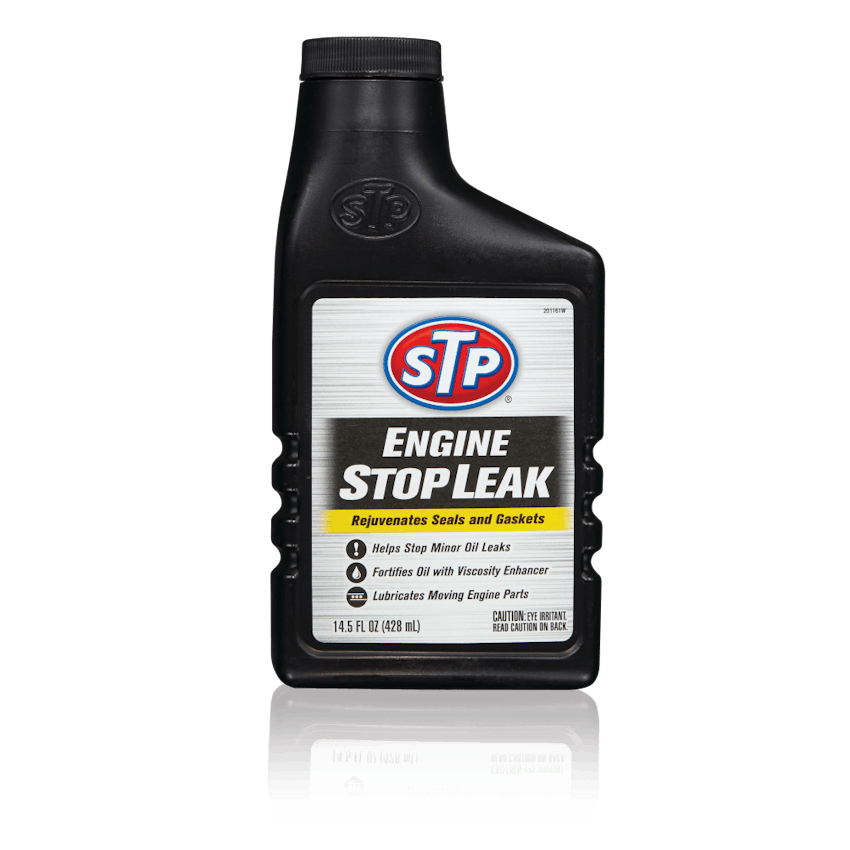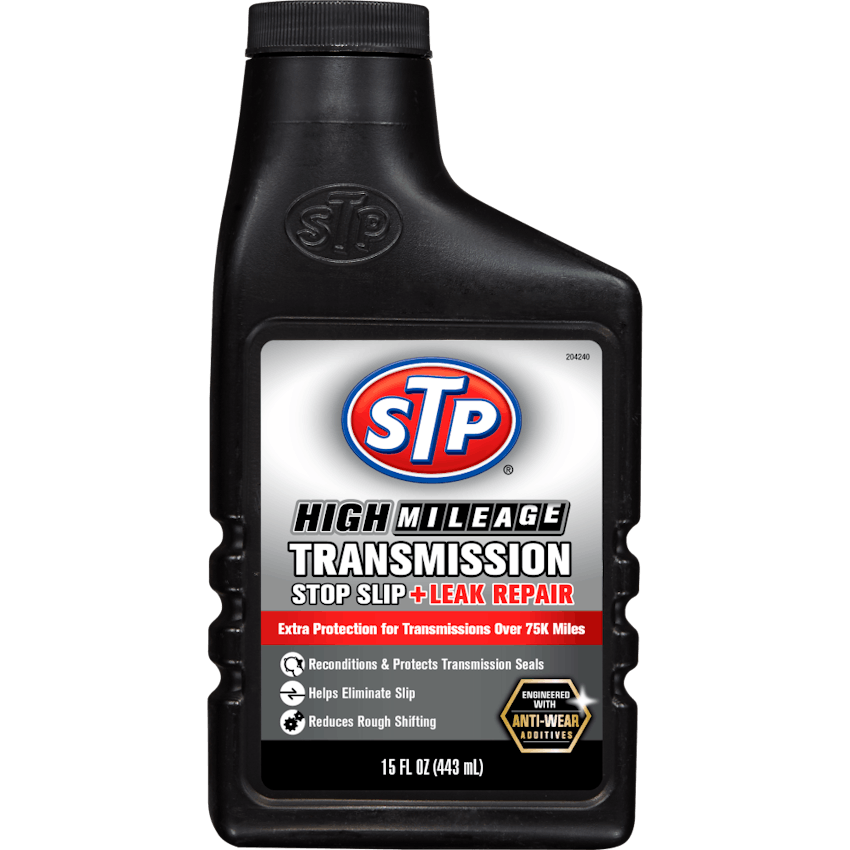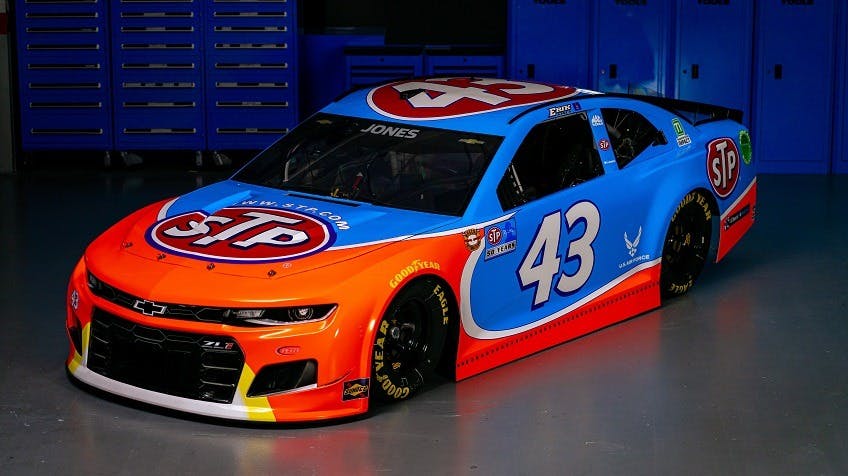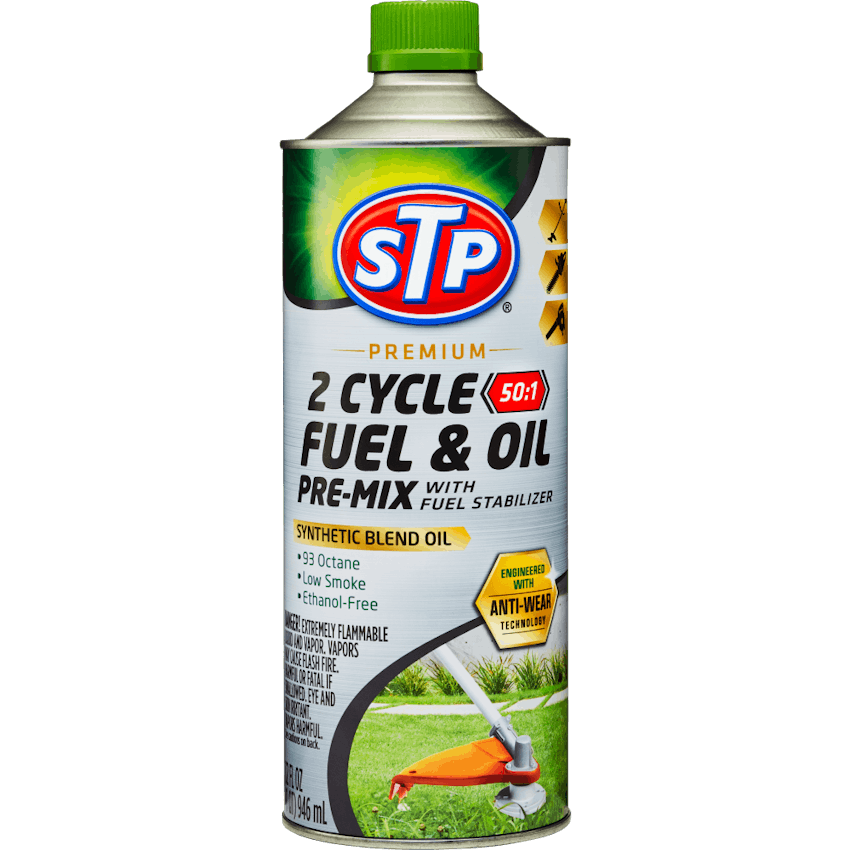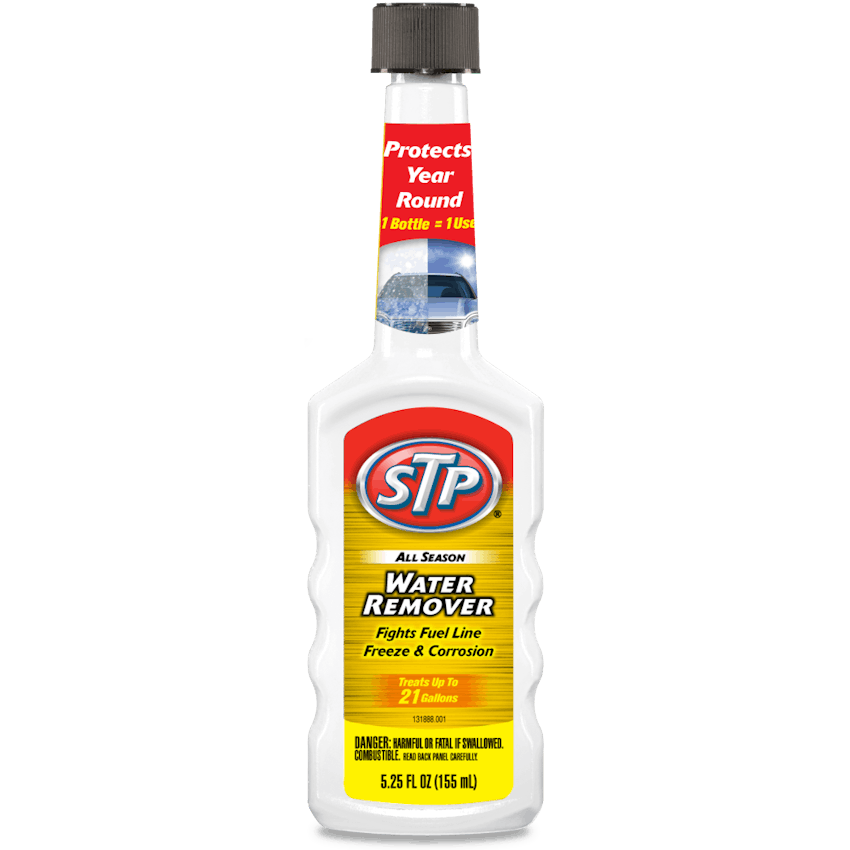Seasonal Maintenance

Table of contents
- Checking Your Air Conditioning System
- How to Check Your A/C System
- Checking Tires & Under the Hood
- Winter and Summer Tires
- Checking Tire Pressure
- Checking Your Car's Belts & Hoses
- Checking Your Car's Battery
- Stabilizing Fuel
- Maintaining Windshields
- Windshield Wipers
- Windshield Glass Treatment
- Windshield Washer Fluid
With each season comes new challenges and car maintenance issues – from checking tires to car A/C maintenance. STP® knows how important it is to keep your car maintained year-round.
Checking Your Air Conditioning System
What most people don’t realize is that over time, an automotive A/C system can, and will, leak refrigerant. When you are driving, your auto A/C experiences vibration, bumping and extreme temperature changes. This causes parts inside the system to loosen and allows gaskets and O-rings to shrink over time, which allows refrigerant to escape (or leak). Once the system loses refrigerant, it will lead to the vehicle blowing warm air, requiring a recharge.
How to Check Your A/C System
Using a do-it-yourself recharge product allows you to put refrigerant back into the system and saves you money by avoiding a trip to the mechanic.
- Start your engine and turn your A/C on max with the fan on high.
- Confirm your compressor is on.
- Locate the low-pressure service port.
There are typically two ports that allow access to a vehicle’s A/C system.
- There is a low-pressure port located on the larger-diameter (or thicker) line that runs from the compressor back toward the firewall (toward the windshield). This is the port you use to recharge.
- The high-pressure port is located on the narrower diameter (or skinny) line that runs forward from the compressor toward the front of the car, where the condenser is located.
- Remove the shipping disk from the canister.
- Attach the quick-connect fitting on the end of the recharge hose to the low-pressure port by simply pushing it on.
- Check the gauge pressure when the compressor cycles on. Rotate the black dial so that the blue arrow on the gauge face points to the current ambient (outside) temperature on the dial. Disconnect the gauge from the low-pressure port.
- Shake the can well. Screw the can into the hose assembly and reconnect the quick connect to the low-pressure port. Squeeze the trigger on the charging device to begin charging.
- Refer to the specific charging instructions on the product for more details.
Checking Tires & Under the Hood
Winter and Summer Tires
If you live and drive in an area where road conditions change with each season, you might want to consider having two sets of tires: winter and summer.
Winter tires are designed to stop well in wet conditions and channel water and snow away from the tire tread, helping the tread maintain contact with the road.
Summer tires have a tread rubber compound that is more grippy, or stickier, than that on an all-season tire. A grippier tire-tread compound also provides more responsive steering and braking.
All-season tires are a great compromise between buying and owning summer and winter tires. All-season tires save the owner from having to swap tires throughout the year. And they save the owner money by not having to purchase an extra set of wheels and tires.
Checking Tire Pressure
As air volume changes with temperature, tire pressure can fluctuate when the weather goes from hot to cold and vice versa. When weather fluctuates, always check to make sure your tire pressure is correct. All newer vehicles have a light on the dash that warns of low or high tire pressure. Be sure not to ignore this light. Make immediate adjustments as required to keep your tire pressure at its optimum level.
Checking Your Car's Belts & Hoses
Low and high temperatures can weaken belts and hoses. Inspect them regularly for cracks or tears that can lead to coolant leaks and overheating.
Checking Your Car's Battery
Check the battery for any corrosion on the terminals. If any corrosion is found, the terminals need to be cleaned. Batteries provide less energy in low temperatures, so don’t get left out in the cold - replace your old battery before it fails.
PRO TIP:
Pour baking soda on the terminal and scrub it clean with an old, wet toothbrush. This will neutralize the corrosive buildup.
Stabilizing Fuel
Whether you’re storing your vehicle for the winter or you have a vehicle that is not consistently driven, the fuel in the tank needs to be stabilized. Gas can begin to oxidize and go stale in as little as three weeks. Adding a fuel stabilizer to the tank will help keep gas fresh throughout the season.
PRO TIP: Don’t forget to stabilize the fuel in your yard equipment, watersport and off-road vehicles when storing them for the season.
Maintaining Windshields
Severe winter and summer weather will put your vehicle’s reliability to the test. It’s a good idea to think ahead and prepare for changing weather conditions.
Windshield Wipers
Change your wipers each year before the rainy season starts. Worn wipers will leave streaks and smears and will even chatter.
Windshield Glass Treatment
A good glass treatment will help repel water and even bugs from the windshield.
Windshield Washer Fluid
Fill the reservoir with windshield washer fluid, not tap water. Washer fluid contains solvent and detergent formulated to break down road grime and bug splatter, to leave a streak-free finish. A variety of washer fluids are available: de-ice, bug remover, and all-season.

